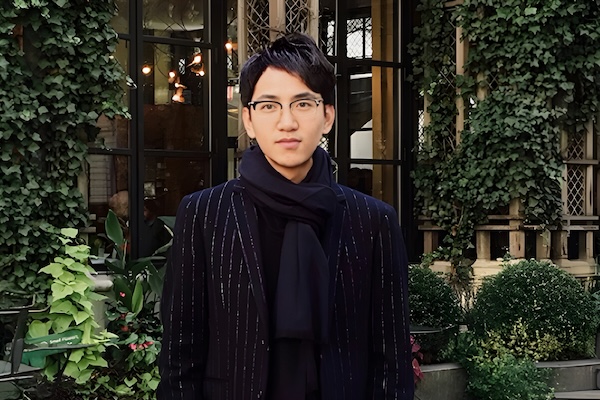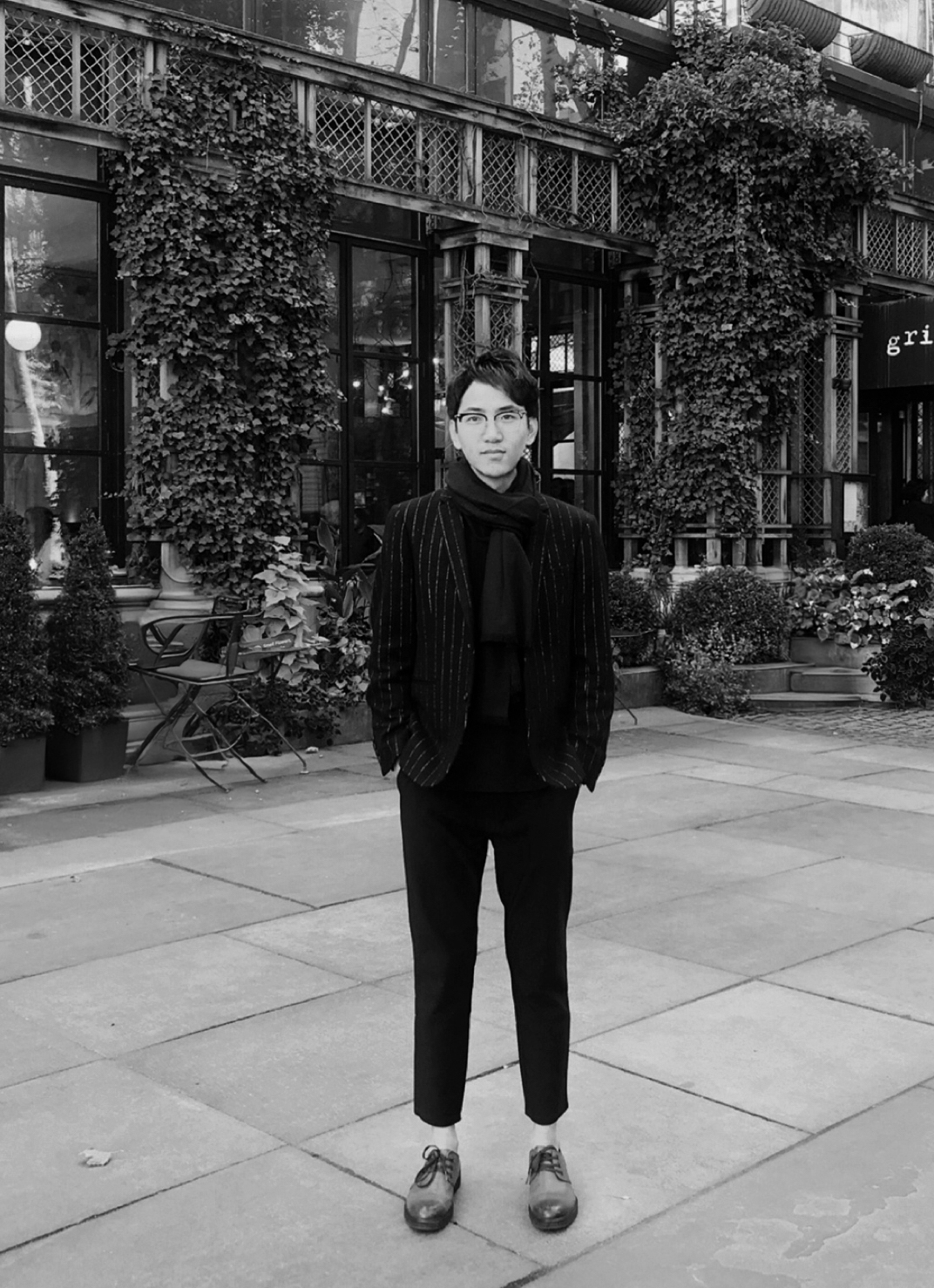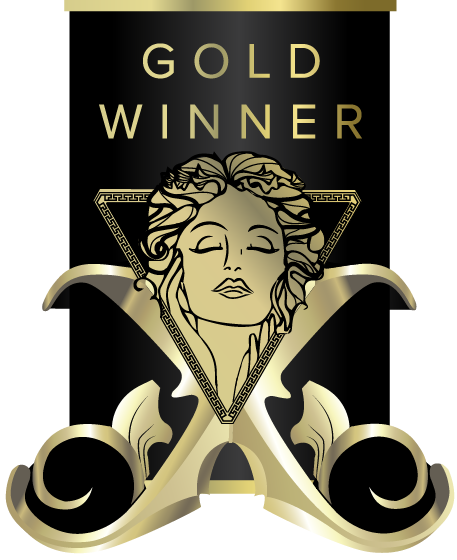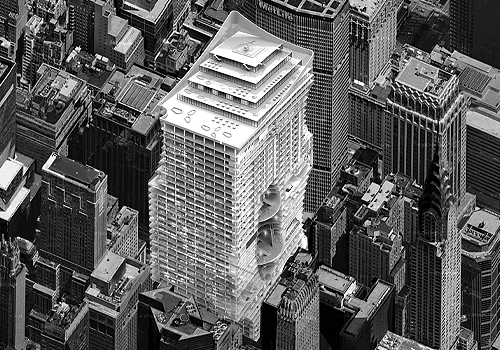
Interview
Zehua Zhang
1 Congratulations on winning the MUSE Design Awards! Can you introduce yourself and share about what inspired you to pursue design as a career?
I graduated from the Weitzman School of Design at the University of Pennsylvania and am now a full-time architect based in New York. I am a licensed architect in the state of New York and a LEED Accredited Professional (BD+C). I currently serve as an Associate Principal at KPF. I've always been fascinated by the way design can shape how people live, feel, and interact with the world around them. Growing up, I was constantly observing my environment—how light entered a space, how people moved through it, and how materials aged over time. What started as curiosity gradually became a passion for creating thoughtful, intentional spaces that respond to both function and emotion. Pursuing design as a career felt like a natural path—a way to combine creativity, problem-solving, and a deep desire to improve the human experience through the built environment.
2 What does being recognized in the MUSE Design Awards mean to you?
Being recognized in the MUSE Design Awards is a great honor and a meaningful affirmation of my work. It not only acknowledges the design effort and vision behind the project, but also reflects a shared commitment to innovation, quality, and impact in the built environment. It’s incredibly motivating to see our work resonate on an international level, and it inspires me to continue pushing boundaries and creating thoughtful, human-centered spaces.
3 How has this achievement impacted your career, team, or agency, and what opportunities has it brought so far?
Winning this award has been a meaningful moment in my professional journey. It not only brought recognition, but also gave me a chance to reflect on my design approach and continue evolving as a designer. The experience pushed me to think more critically, communicate ideas more clearly, and stay open to feedback and iteration. It also reinforced the importance of staying curious and committed to learning—both from the work itself and from the people I collaborate with. This achievement has inspired me to take on new challenges with greater confidence and a deeper sense of purpose.
4 What role does experimentation play in your creative process? Can you share an example?
Experimentation plays a central role in my creative process. It allows me to explore ideas beyond conventional boundaries and discover unexpected solutions. I see each project as an opportunity to test new materials, spatial strategies, or digital tools—not just for the sake of novelty, but to push the design toward more meaningful outcomes. For example, in a recent competition, we experimented with parametric design techniques to generate a façade that responded dynamically to light and views. The process involved multiple iterations, physical models, and performance simulations. While not all ideas made it to the final design, the exploration deeply enriched the project and revealed new ways of thinking that I’ve carried into other work.
5 What's the most unusual source of inspiration you've ever drawn from for a project?
One of the most unusual and inspiring sources I’ve drawn from was the natural pattern of erosion along a rocky coastline. I was fascinated by how time, water, and wind shape the landscape in both delicate and powerful ways. This observation became the conceptual foundation for a civic building we designed, where we translated the idea of gradual transformation into the building’s form and material articulation. By mimicking the layering and texture found in nature, the architecture gained a sense of timelessness and connection to its environment—reminding me how deeply nature can inform both aesthetics and performance.
6 What’s one thing you wish more people understood about the design process?
One thing I wish more people understood about the design process is that it’s not just about creating pretty visuals—it’s a continuous journey of problem-solving, iteration, and collaboration. Great design comes from testing ideas, learning from mistakes, and refining concepts over time. It’s as much about asking the right questions as it is about finding the right answers.
7 How do you navigate the balance between meeting client expectations and staying true to your ideas?
Balancing client expectations with my design vision starts with clear communication and understanding their needs. I explain how my ideas support their goals while offering creative solutions. It’s a collaborative process where I stay flexible but also advocate for design integrity to achieve the best result.
8 What were the challenges you faced while working on your award-winning design, and how did you overcome them?
One of the main challenges was balancing ambitious design concepts with practical constraints like budget and site conditions. We overcame this by staying flexible and using iterative design—constantly refining ideas based on feedback from engineers, clients, and the team. Collaboration was key; by embracing input from different disciplines, we found creative solutions that maintained the design’s vision while addressing real-world limitations.
9 How do you recharge your creativity when you hit a creative block?
When I hit a creative block, I like to step away from the project and give myself time to recharge. This might mean taking a walk in nature, exploring art exhibitions, or simply engaging in activities unrelated to design. These breaks help me clear my mind and gain fresh perspectives. Sometimes, discussing ideas with colleagues or experimenting with sketching without pressure also sparks new inspiration. For me, creativity flows best when I balance focused work with moments of rest and exploration.
10 What personal values or experiences do you infuse into your designs?
I infuse my designs with values of empathy, sustainability, and cultural sensitivity. Having worked and lived in diverse environments, I’ve learned the importance of creating spaces that respond thoughtfully to their users and context. I believe good design should not only solve functional needs but also enhance well-being and respect the environment. These experiences and values guide me to create architecture that is meaningful, responsible, and human-centered.
11 What is an advice that you would you give to aspiring designers aiming for success?
My advice to aspiring designers is to stay curious and never stop learning. Embrace challenges as opportunities to grow, be open to feedback, and develop strong communication skills. Most importantly, stay true to your passion and use design as a way to make a positive impact.
12 If you could collaborate with any designer, past or present, who would it be and why?
If I could collaborate with any designer, it would be Zaha Hadid. Her visionary approach to architecture—pushing the boundaries of form, fluidity, and innovation—has always deeply inspired me. She challenged traditional design norms and created dynamic, sculptural spaces that feel both futuristic and organic. Working with her would be an incredible opportunity to learn how to combine bold creativity with technical excellence and to explore new ways of shaping the built environment.
13 What's one question you wish people would ask you about your work, and what's your answer?
One question I wish people would ask me is: “What story or meaning are you trying to convey through your design?” Because I believe every project is more than just a building—it’s a narrative shaped by context, culture, and human experience. My answer would be that I strive to create spaces that tell a story, connect people, and evoke emotions, making the architecture both functional and deeply meaningful.




